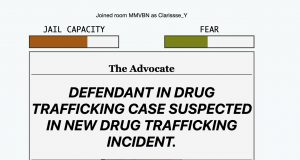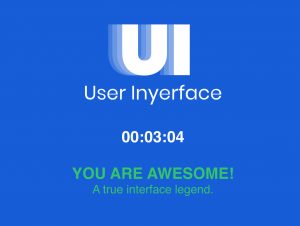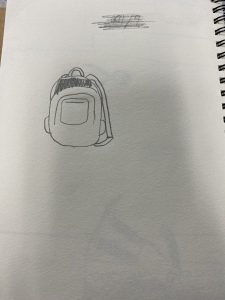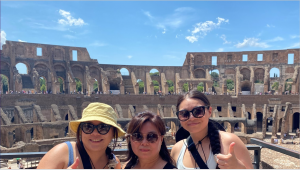Prompt:
Describe or narrate a scenario about a corporation found a decade into a future in which order is deliberately coordinated or imposed. Your description should address issues related to the brain and elicit feelings of decadence.
I will write a personal narrative in the perspective of an experienced teacher in 2075. The story is set is a dystopian society, in Canada. Media industries have infiltrated and dominated schools/the education field. The story is inspired by themes in 1984 by George Orwell.
Year: 2075
Setting: Secondary classroom in Toronto, Canada
Decadence: moral or cultural decline as characterized by excessive indulgence in pleasure or luxury
Format: Top Secret Journal written by a secondary teacher who taught from 2025-2075.

Dear Human,
If you are reading this, I hope it is not too late. To find a place far away from anything digital. To be away from anything with a screen. Remember, you are being monitored. To be able to breathe, to learn freely, and to have true thoughts of your own without being discriminated against for having a thought or two. I hope that we will get to live in the true North, strong, and free once again.
If you are still reading this, know that these are simply thoughts of my own. If your eyes are still skimming through, you’ve passed the test and have shown pieces of critical thought and inquiry. From a teacher who has taught in the future, with 50 years of teaching experience, my heart crumbles at the thought of how students learn, think, communicate, and share.
It’s now year 2075. All secondary students in Canada know their school procedures. No thinking – just following routine. When entering, students are accounted for and awaited upon by security, using either their fingerprint or facial ID to scan in. Walking into schools, you are surveillanced the second you step foot on school grounds. Who would have known how fast technology would’ve developed in 50 years? No one opposed. No one dared. Not a single soul had the confidence to voice the detriment and the impact from economic and social convergence.
Who’s in charge you ask? Who do you think? Not our government. What even is government anymore? It’s YouTube, Meta, Disney Plus, and Amazon now fight for a share in everything and anything. They have influence on our political parties…Back in the day you would study how imperial countries carved up the world prior to WWI and now you have the same idea. Except their control is through media circulation. Now you don’t need to fight in wars to win them. So long as you can decay the brain, decay human instinct and the precious gems of basic human values, you can control almost anyone. Not me. Not an old soul, not a real teacher.
You know how we used to use these apps as users – well now it seems like the other way around. There is decadence. There is decay in our morals, our smarts, our ability to connect as humans. Scrolling led to their empowerment in controlling all media to government, policy, non-profit, and they’re now in schools. It is mandated that students use materials and content from these dominant companies.
Students now feed into their content without a doubt or the ability to analyze what are they even watching or listening to. What are the images being displayed? What are the words being said? What is the message? Our schools are now experimental grounds for these companies who wear all hats. Our society has fallen to the decline of personal devices and to a complete digitized society.
Remember, you are human. You are capable to do the right thing and to question all that is around you. Keep my journal as a way to remember that there are others like you.
References:
Lab, S. (n.d.). The Thing From The Future. Situation Lab. Retrieved December 14, 2022, from https://situationlab.org/project/the-thing-from-the-future/Links to an external site.




 Correction my completion time was 20 MINUTES NOT 3 MINUTES. My first screenshot of my results did not save.
Correction my completion time was 20 MINUTES NOT 3 MINUTES. My first screenshot of my results did not save.








